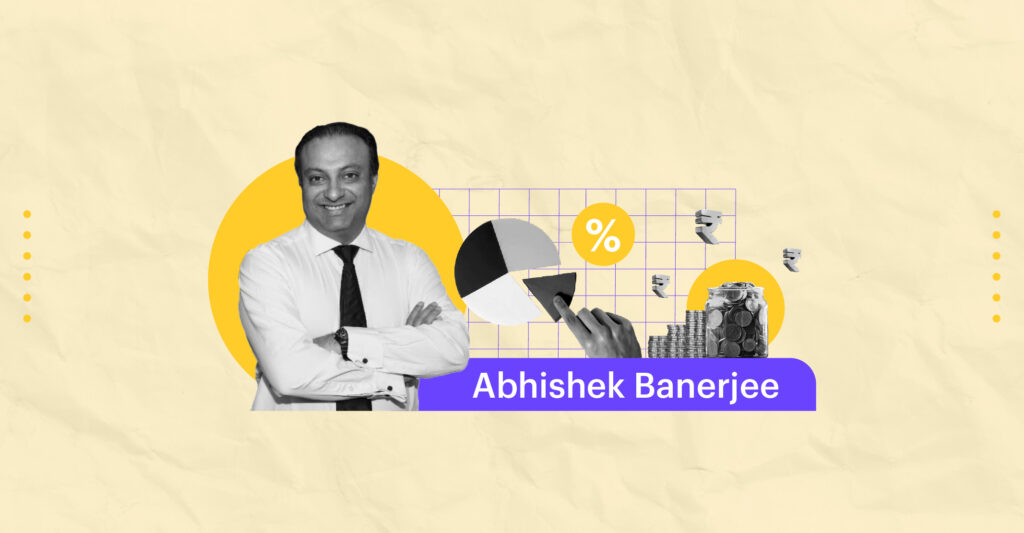Last Updated on Nov 2, 2022 by Anjali Chourasiya
Should you take on a higher risk to get better returns? Apparently, not always. Often financial products overemphasize risk to sell more volatile products. However, it’s possible to find similar returns on avenues having a lower risk. For example – Listed Venture Capital smallcase. Though it invests in highly risky micro cap opportunities, we try to manage risk as much as we can. For example, the overall portfolio risk in terms of price to earnings ratio (PE) is actually lower than the NSE Smallcap Index PE. The Sharpe ratio of the strategy is 3.97 compared to 0.97 of the index. These are based on gross returns without dividends and costs.
To know more about the Listed Venture Capital smallcase, check this factsheet.
Table of Contents
Rewards for individual
There is an unique advantage to being an individual investor where small is beautiful. You can be your own portfolio manager and make your own execution decisions in terms of cost, service or even individual stock weights. That means you can combine different strategies into a mix of risk and return that works best for your risk appetite.
Once you come through our risk profiling – we recommend what percentage of this strategy is suitable as an exposure towards equity. As an individual investor, you can take advantage of these microcap strategies as you can scale into them as you like for a fixed cost.
Risk management
In my opinion, risk management is essentially a hedge from you being wrong. Hence, it is essential as investing is ultimately about measuring unrecognised value. It could very well be that your perception of value does not take into account risks that others see. Examples of unseen risk could be litigation risk from existing court cases, or cash flow impact from tax rulings (example AGR in telecom), or disruptions to business plans and revenue from takeover attempts (example Twitter), attrition of senior executives (example Ola), which can cause short term disruptions, or sector policy changes by the government (example banning of sugar, wheat exports, removal of import duty for coal and steel).
Hence, portfolio diversification and portfolio construction are very important factors. In our Listed Venture Capital strategy, we strive to diversify risks from business models, sectors, management, cash flows and other factors to construct something, which can be resilient even during unforeseen market circumstances. For example, our portfolio is up 30% while the index is down 2%.
Return management
The main objective of investing is to outgrow your wealth faster than your costs. That means you end up being richer from where you started. To estimate this, it’s often asked – what should be my return target? The fact is our return target should always be higher than inflation. Why? Because inflation reduces purchasing power like rust reduces strength of steel.
So, given inflation in India is over 7% and 1-yr fixed income rates are near 6%, it does not make a lot of sense except for instant access to money to invest in fixed income in short terms. Equity returns, on the other hand, are inflation hedged so the only way to beat inflation is by investing in equity.
At the start of every economic cycle, inflationary pressures are common. Given earnings are growing for Indian companies – it seems hard to make a case why we should not take advantage of inflation-hedged returns offered by equity versus nominal returns of fixed income.
Reward management
I personally think you should reward yourself by saving more in equity if you have found a good way to do it. In a smallcase, there are many advisors including us who offer allocation advise for your overall portfolio and risk profile. Please note, we often lie to ourselves about what we are prepared to tolerate as risks, but that said, it’s also the job of an advisor to give you perspective on when to panic and when to sit tight.




